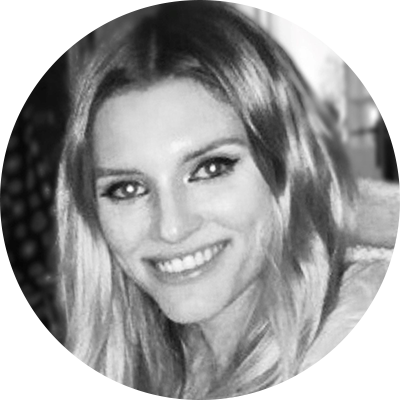Pioneering Female Scientist Honored on a New Stamp
Chien-Shiung Wu is finally getting the recognition she deserves.
What do a Colorado Hairstreak purple butterfly, traditional Western attire including cowboy boots and hats, and a nuclear physicist have in common? All of them are American treasures that will be honored with their very own postage stamps in 2021, according to a statement from the United States Postal Service (USPS).
Never a household name, Chinese-American nuclear physicist, Chien-Shiung Wu, passed away more than two decades ago, largely unknown outside of the scientific community. But now, the groundbreaking scientist known as “The First Lady of Physics” is finally getting the recognition she deserves.
With over 30,000 nominations for potential stamps submitted each year, USPS authorizes just a few commemorative stamps each year. Wu is the only individual to have a commemorative stamp released in her honor in 2021.
Wu’s granddaughter, journalist Jada Yuan, tweeted her excitement about the stamp’s debut:
“Some good news! The USPS stamp of Dr. Chien-Shiung Wu — my grandmother & a trailblazing physicist who I hope will inspire women & girls of STEM [interdisciplinary learning] everywhere — is available … At your post office Feb. 11.”
“It's fun for our whole family,” Yuan replied to a well-wisher on the social media network. “We're getting a bunch of stamps to send to China, where they will not be used as stamps but I think will be very appreciated.”
View this post on Instagram
Born in China, Wu moved to the U.S. for graduate school and her potential for greatness was immediately recognized. According to The Smithsonian Magazine, Wu studied physics at UC Berkeley under famed nuclear scientist Ernest Orlando Lawrence, who later won the Nobel Prize.
After earning her Ph.D., Wu was hired as the first-ever female faculty member in Princeton University’s physics department. In 1956, she was recruited by two theorists, Tsung-Dao Lee and Chen-Ning Yang, to help them hammer down their ideas about the effects of radioactive decay.
Up until that point, it was widely believed that in physics, nature was perfectly symmetrical and did not differentiate between left and right. Lee and Yang posited, proactively, that this was not the case on a subatomic level.
Wu helped Lee and Yang throughout their experiment to prove the theory, suggesting that they use the radioactive isotope Cobalt-60. The groundbreaking experiment, which was commonly referred to as the “Wu experiment” in a nod to her role in the project, proved that radioactive decay caused asymmetry in particles.
While her colleagues Lee and Yang were awarded the Nobel Prize for the discovery, Wu was overlooked by the committee. She went on to win the National Medal of Science in 1975 and the prestigious Wolf Prize in Physics in 1976 - an honor specifically geared towards people whose work should have earned them a Nobel.
William Glicker, director of stamp services at USPS, told Science Magazine that he hoped seeing Wu’s image on a stamp would spark curiosity among people who otherwise wouldn’t have been familiar with her and her achievements.
“We hope to engage a viewer through a little 1-inch-by-1-inch work of art to ask, ‘Who is this and what did they do?’” he explained.
According to Glicker, Wu won’t be the last female scientist to receive the honor of a stamp bearing their likeness. “You should be on the lookout for other prominent women in the sciences in future years,” he said.
Although Wu was not granted the recognition she deserved during her life, increased awareness about her accomplishments is still important today. As women are still dramatically underrepresented in the STEM disciplines, Wu’s trailblazing career can serve as a positive example for those considering the field. Wu’s story proves that women in the sciences can make a major impact.
YOU MIGHT ALSO LIKE:
Join the 2021 International Women’s Day Challenge
10 Notable Women of History in Science
Now Gracing the Cover of British Vogue: Real [Role] Models!







